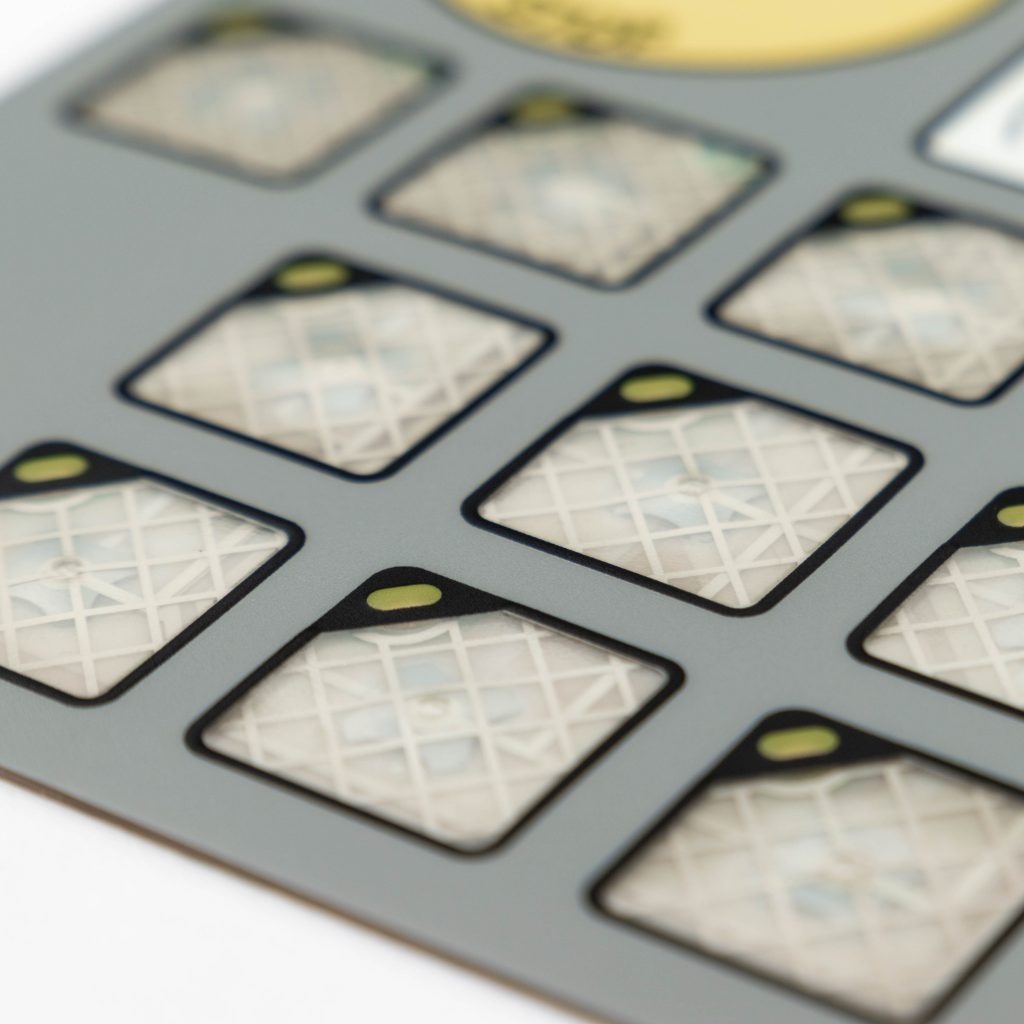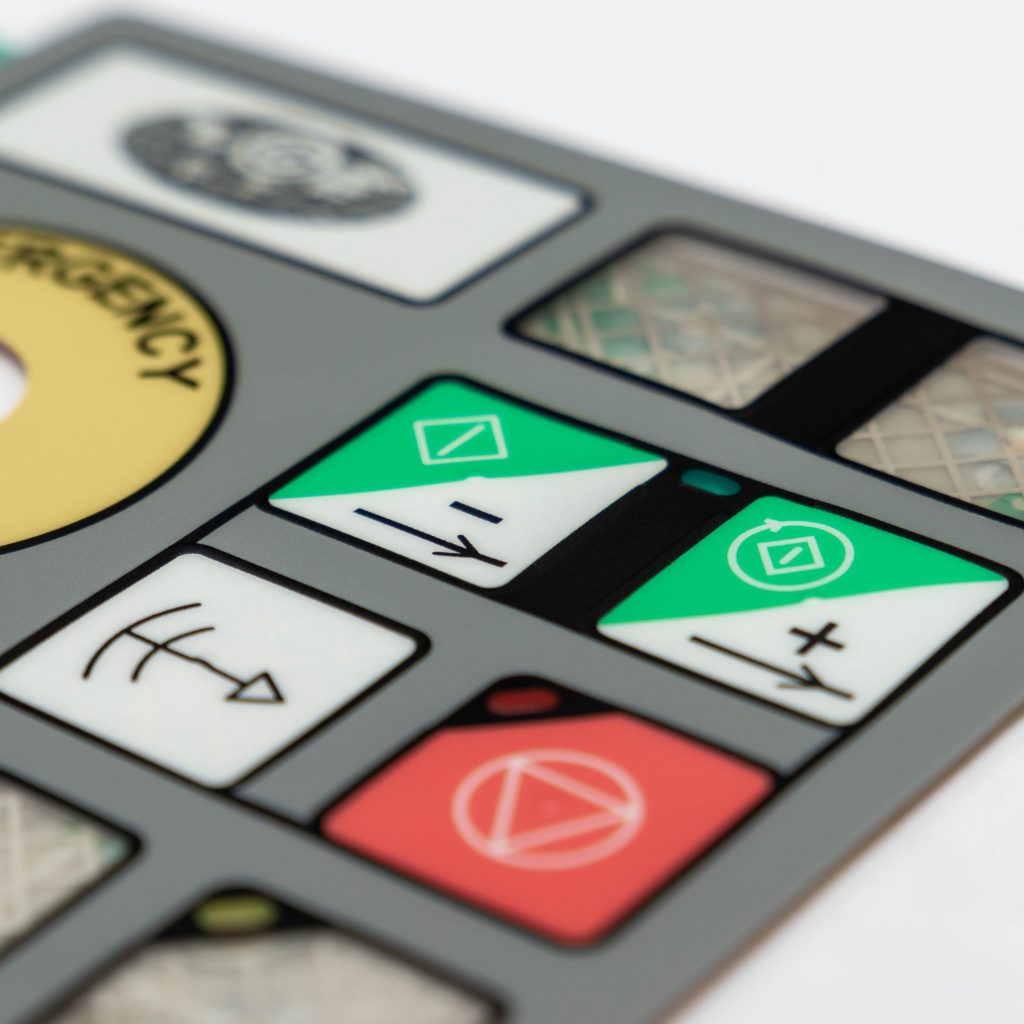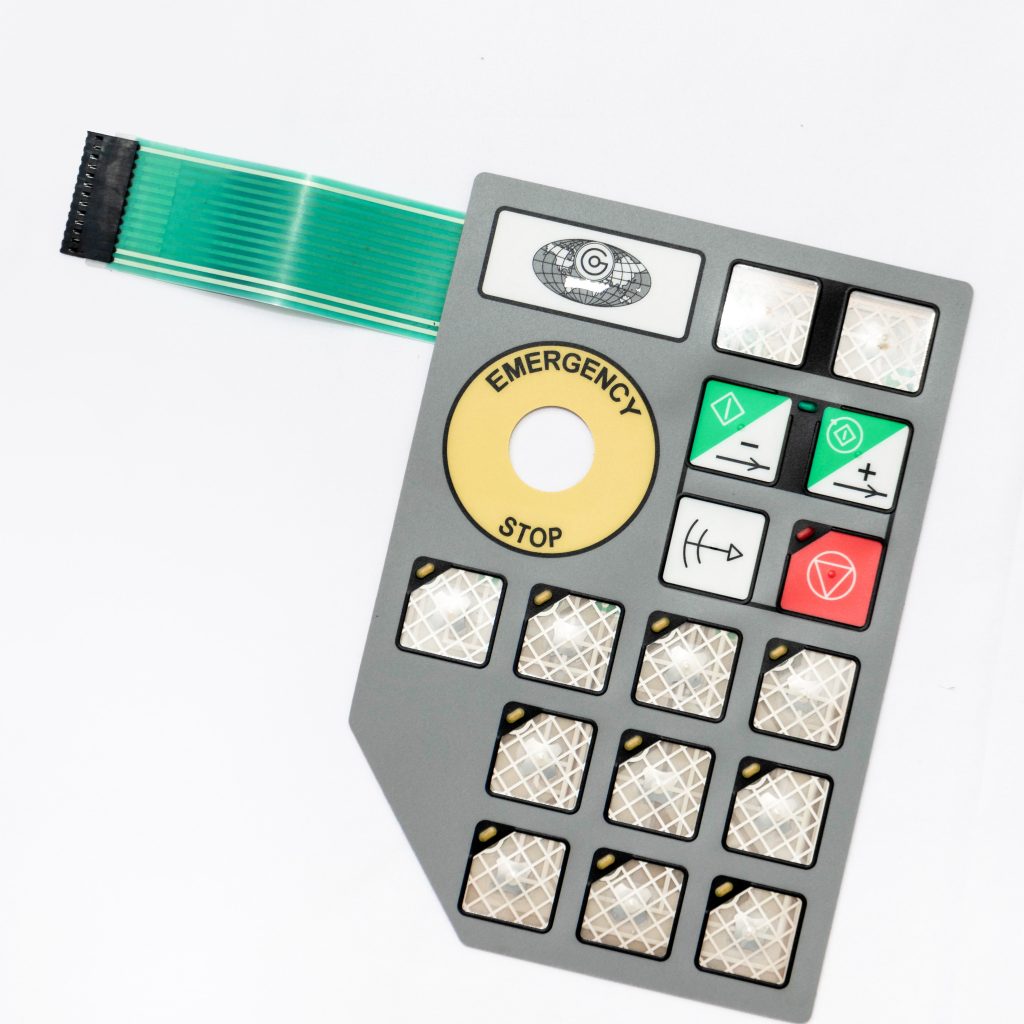Contact
Write to Us And We Would Be Happy to Advise You.
Do you have any questions, or would you like to speak directly with a representative?
By hqt
Are you looking to enhance the ergonomics and tactile feedback of membrane switches? This article provides valuable insights and practical tips on improving the user experience with membrane switches.
Membrane switches are widely used in various industries due to their durability, cost-effectiveness, and versatility. However, their ergonomics and tactile feedback can sometimes be a concern for users. In this article, we will explore effective ways to improve the ergonomics and tactile feedback of membrane switches, ensuring a better user experience. Let’s dive in!



Membrane switches play a crucial role in human-machine interfaces, and enhancing their ergonomics and tactile feedback can greatly improve user satisfaction. Here are some effective strategies to achieve this goal:
1. Implement an Ergonomic Design
To enhance the ergonomics of membrane switches, it is essential to consider the physical comfort and usability of the interface. Design the switch layout to align with natural hand movements and ensure ease of operation. The switch should be positioned at an appropriate distance and angle to minimize strain on the user’s fingers. Additionally, consider the size, shape, and texture of the buttons to provide a comfortable and secure grip.
2. Optimize Tactile Feedback
Tactile feedback is crucial for users to perceive that a button press has been registered. It provides reassurance and enhances the overall user experience. Incorporating dome-shaped or embossed buttons can improve tactile feedback significantly. These features give users a clear indication that they have pressed a button, reducing the chances of missed inputs. Additionally, applying a suitable amount of resistance to button presses can further enhance tactile feedback.
3. Enhance Key Response Time
The response time of membrane switches is a critical factor in user satisfaction. Slow or delayed responses can lead to frustration and decrease overall productivity. By optimizing the key response time, users will experience a more immediate and responsive interface. This can be achieved through careful selection of materials and manufacturing processes, focusing on reducing the time it takes for the switch to register a button press.
4. Utilize Backlighting for Visibility
In certain applications, visibility is paramount, especially in low-light or dark environments. Incorporating backlighting into membrane switches can significantly improve visibility and ease of use. By illuminating the buttons, users can clearly see the available options and reduce the chances of errors or accidental presses. Backlighting can be achieved through the use of LEDs or other light-emitting technologies.
5. Employ Haptic Feedback
Haptic feedback refers to the use of vibrations or tactile sensations to provide feedback to the user. Integrating haptic feedback into membrane switches can further enhance the user experience. By simulating physical button presses through vibrations, users can receive additional confirmation of their actions. This technology can be particularly beneficial in touch-sensitive applications where physical button travel is minimal.
6. Incorporate Sensory Integration
To create a more intuitive and user-friendly interface, consider integrating other sensory elements into membrane switches. For example, audible feedback in the form of clicks or tones can provide an additional layer of confirmation to users. By engaging multiple senses, the user experience becomes more immersive and engaging.
1. How can I improve the tactile feedback of membrane switches without altering the existing design?
If you’re unable to modify the design of the membrane switch, you can enhance tactile feedback by adding a thin layer of adhesive-backed polyester film with a dome shape over the buttons. This simple solution can significantly improve the tactile sensation and make the switches more responsive.
2. Are there any standards or guidelines for membrane switch design?
Yes, there are industry standards and guidelines for designing membrane switches. One well-known standard is the IPC-2221A, which provides specifications for flexible printed circuit boards, including membrane switches. Following these guidelines ensures that your membrane switches meet quality standards and offer optimal user experience.
3. Can I use haptic feedback in membrane switches for medical devices?
Yes, haptic feedback can be utilized in membrane switches for medical devices. It can provide additional confirmation to healthcare professionals, ensuring precise inputs during critical procedures. However, it is essential to adhere to relevant regulatory requirements and standards to ensure the safety and reliability of the medical device.
4. How can I determine the optimal key response time for my membrane switch?
The optimal key response time depends on the specific application and user requirements. Conducting usability testing with a representative sample of users can help determine the acceptable response time. By gathering feedback and analyzing user preferences, you can fine-tune the key response time to deliver an optimal user experience.
5. Is it possible to improve the ergonomics of membrane switches for individuals with disabilities?
Absolutely! Designing membrane switches with inclusivity in mind is crucial. Considerations such as larger button sizes, high contrast labels, and alternative input methods can greatly improve the ergonomics for individuals with disabilities. Collaborating with accessibility experts and involving users with disabilities in the design process can lead to meaningful improvements.
6. Can I retrofit existing membrane switches to improve their ergonomics and tactile feedback?
In many cases, it is possible to retrofit existing membrane switches to improve their ergonomics and tactile feedback. Adding additional layers, modifying the button shapes, or incorporating aftermarket accessories can enhance the user experience. However, it is important to assess the feasibility and potential impact on the overall functionality of the switches before making any modifications.
Enhancing the ergonomics and tactile feedback of membrane switches is vital to ensure a positive user experience. By implementing an ergonomic design, optimizing tactile feedback, enhancing key response time, utilizing backlighting and haptic feedback, and incorporating sensory integration, you can significantly improve the usability and user satisfaction of membrane switches. Remember to consider the specific requirements of your application and involve user feedback throughout the design process. With these strategies, you can create membrane switches that are both ergonomic and user-friendly.
Do you have any questions, or would you like to speak directly with a representative?